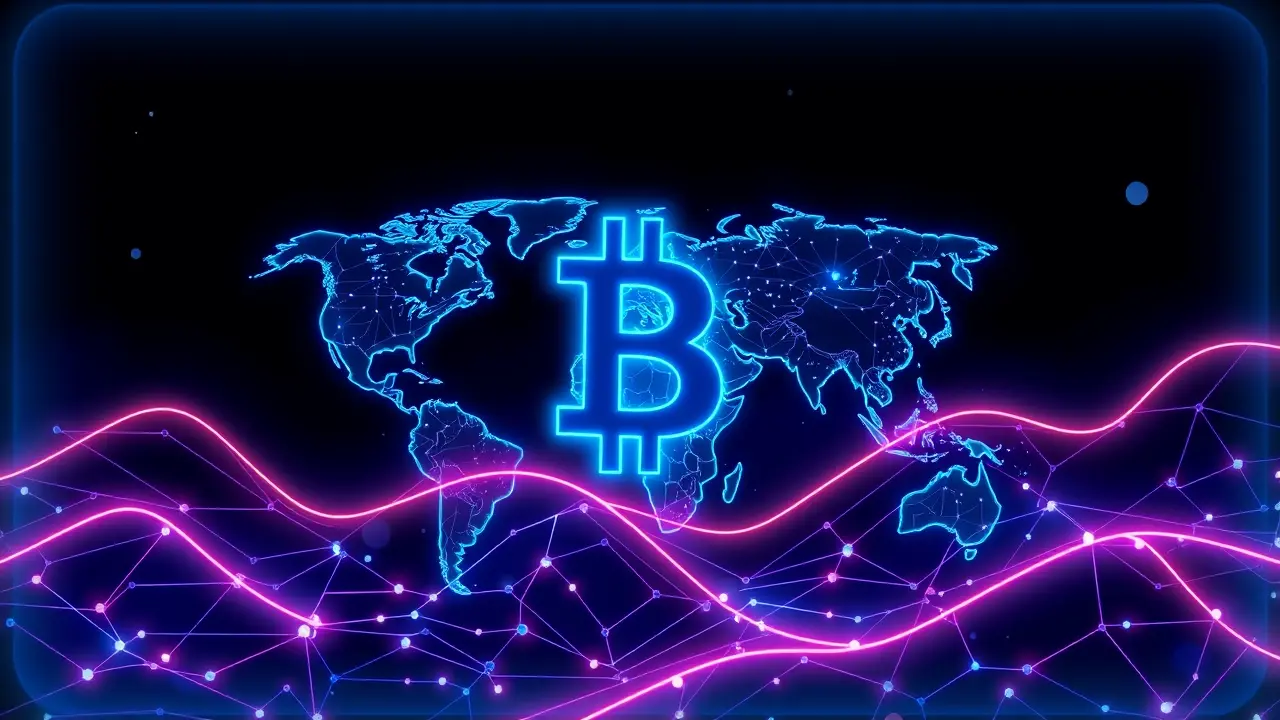Stablecoins Can Cut Cross-Border Payments Cost by 99%, KPMG Says
The staggering potential of stablecoins to fundamentally rewire the plumbing of global finance has been thrust into the spotlight by a new KPMG analysis, which posits that these digital assets could slash the cost of cross-border payments by a jaw-dropping 99%. This isn't just a marginal improvement; it's a near-total demolition of the existing, creaky system.For decades, the legacy infrastructure for moving money across borders has been a labyrinth of correspondent banks, each taking a slice of the pie through fees and often predatory foreign exchange spreads, resulting in transactions that are slow, opaque, and disproportionately expensive for smaller businesses and migrant workers sending remittances back home. The traditional finance (TradFi) model, built on a patchwork of systems that can take days to settle, is facing its 'Kodak moment' with the advent of blockchain-based solutions.Stablecoins—cryptocurrencies pegged to stable assets like the US dollar and operating on public ledgers—offer a radical alternative: near-instantaneous settlement 24/7, transparent transaction trails, and costs that are measured in cents rather than percentages of the principal. KPMG's report delves into the mechanics, highlighting how a stablecoin transaction bypasses the multi-layered intermediary system entirely.Instead of a payment instruction wending its way through three or four different banking entities, it becomes a simple peer-to-peer transfer on a shared ledger, verified by a decentralized network, settling in minutes. This efficiency doesn't just save money; it unlocks liquidity and accelerates global commerce, allowing a small exporter in Southeast Asia to receive payment from a European buyer almost instantly, dramatically improving their cash flow and operational viability.The implications for financial inclusion are profound, offering a lifeline to the unbanked populations who have been systematically excluded from the global financial system due to high barriers to entry. However, the path to this streamlined future is fraught with regulatory hurdles and technical challenges.The very feature that makes stablecoins so potent—their global, borderless nature—clashes head-on with national financial sovereignty and complex anti-money laundering (AML) and know-your-customer (KYC) frameworks. Central banks worldwide are racing to develop their own digital currencies (CBDCs) in part as a controlled response to this disruptive threat, aiming to retain monetary policy control.The recent volatility in some algorithmic stablecoins also serves as a stark reminder that 'stability' must be earned through robust, audited reserves and prudent governance, not just clever code. The coming years will see an intense battle for the soul of the financial system, a tug-of-war between the decentralized, permissionless ethos of DeFi and the regulated, gatekepered world of TradFi. The ultimate victor may not be one or the other, but a hybrid model where regulated entities issue fully compliant, blockchain-native stablecoins that operate within clear legal guardrails, bridging the best of both worlds to finally deliver on the long-promised dream of fast, cheap, and accessible global payments for everyone.
It’s quiet here...Start the conversation by leaving the first comment.
